Explore Type 1 Diabetes Stem Cell Solutions in India
.png)
For millions of families grappling with the daily burden of Type 1 Diabetes—the constant finger pricks, insulin injections, and fear of hypoglycemia—the promise of a "cure" has always felt just out of reach. However, India has emerged as a global frontrunner in turning this hope into reality through advanced regenerative medicine. Unlike Type 2 diabetes, which is largely lifestyle-driven, Type 1 is an autoimmune condition where the body attacks its own pancreas. Standard treatments only manage blood sugar, but stem cell therapy aims to fix the underlying root cause.
In India, world-class research centers and JCI-accredited hospitals are using cutting-edge protocols to halt this immune attack and regenerate damaged tissue. With costs significantly lower than in the West and a regulatory framework that encourages innovation under strict ethical guidelines, India is becoming a beacon of hope for international patients.
In this guide, we will explore how this therapy works, the top hospitals offering it, the real-world success rates, and why India is a preferred destination for this life-changing treatment.
How does stem cell therapy treat Type 1 Diabetes?
The science behind this treatment is two-fold: Immune Modulation and Regeneration. In Type 1 Diabetes, your T-cells mistakenly identify your insulin-producing beta cells as enemies and destroy them. Mesenchymal Stem Cells (MSCs), usually derived from umbilical cord tissue or bone marrow, are potent "immune regulators." When introduced into the body, they calm down this autoimmune attack, preserving whatever beta cell function remains.
Secondly, these stem cells have the potential to differentiate into new beta cells or stimulate the body's own resident stem cells to repair the damaged pancreatic tissue. This leads to an increase in natural insulin production. While it may not always completely eliminate the need for external insulin, it often drastically reduces the dosage required and stabilizes blood sugar levels, preventing dangerous spikes and crashes.
Clinics in India often use a combination of intravenous injections and targeted catheterization to deliver cells directly to the pancreatic artery, ensuring maximum potency.
What is the success rate of stem cell therapy for Type 1 Diabetes in India?
Success in stem cell therapy is defined by a measurable improvement in quality of life and clinical markers. Most patients in India report a significant drop in their HbA1c levels (a long-term marker of blood sugar control) and a reduction in their daily insulin requirement—sometimes by as much as 50% or more.
Complete "insulin freedom" is rare but possible, especially in patients treated shortly after diagnosis (the "honeymoon phase"). For patients who have had diabetes for decades, the goal is usually disease management: preventing complications like kidney failure, neuropathy, and vision loss. The therapy is highly effective at halting these secondary issues by improving systemic circulation and reducing inflammation.
Indian clinics track these outcomes rigorously, often seeing sustained benefits for 2 to 3 years post-treatment, after which a "booster" dose may be recommended.
How much does stem cell therapy for Type 1 Diabetes cost in India?
Cost is a major factor for international patients, as this therapy is rarely covered by insurance in the US or Europe. In India, you can access the same high-quality, expanded stem cells for a fraction of the global price. A comprehensive package in India usually includes the procedure, hospital stay, pre-treatment testing, and airport transfers.
In comparison, similar experimental treatments in the US or Europe can cost upwards of $50,000 to $100,000. The lower cost in India is due to lower operational overheads and the ability to produce high-quality stem cells in domestic laboratories without expensive importation fees.
Cost Comparison: India vs. USA vs. Europe
| Region | Estimated Cost (USD) | Inclusions |
|---|---|---|
| India | $5,000 - $12,000 | Full treatment, hospital stay, diagnostics, transfers |
| USA | $50,000 - $100,000+ | Procedure only (often outpatient) |
| Germany/Europe | $25,000 - $40,000 | Procedure and limited stay |
| Mexico/Panama | $15,000 - $30,000 | Procedure and short stay |
Which hospitals in India are best for diabetes stem cell therapy?
When choosing a provider, look for clinics that specialize in Regenerative Medicine rather than general hospitals. StemRx in Mumbai, led by Dr. Pradeep Mahajan, is a pioneer in the field, offering personalized protocols that combine stem cells with metabolic rehabilitation.
Advancells in Delhi is another leader, known for its high ethical standards and transparency regarding cell counts and viability. Major hospital chains like Apollo and Max Healthcare also have dedicated research wings for stem cell therapy, offering the safety net of a full-service multi-specialty hospital environment.
Always check for accreditation from the National Accreditation Board for Hospitals & Healthcare Providers (NABH) to ensure safety and quality standards.
Is stem cell therapy for diabetes legal in India?
The regulatory landscape in India is designed to protect patients while fostering innovation. The Indian Council of Medical Research (ICMR) guidelines state that stem cell therapy for conditions like Type 1 Diabetes should be conducted as part of clinical trials or approved research protocols. This means reputable clinics will enroll you in a study protocol, ensuring your data is tracked and the procedure follows strict ethical norms.
Avoid any clinic that promises a "guaranteed cure" or operates without a proper Ethics Committee approval. Legitimate centers are transparent about the investigational nature of the treatment and will provide you with detailed informed consent documents.
What types of stem cells are used?
Umbilical Cord Tissue (Allogeneic) stem cells are the gold standard in many Indian clinics. These cells are "naive" and young, meaning they replicate faster and release more potent anti-inflammatory factors than cells from an adult's own body. Because they are immune-privileged, they do not require matching and are not rejected by the patient.
Bone Marrow (Autologous) cells are also used, where the doctor harvests cells from the patient's own hip bone. This eliminates any risk of disease transmission but may be less effective in older patients or those with long-standing chronic illness. Some advanced protocols use a "cocktail" of both types to maximize results.
Are there any side effects or risks?
Because mesenchymal stem cells do not trigger an immune response, the risk of rejection is virtually zero. The procedure does not involve major surgery. If cells are injected intravenously, it feels like a standard IV drip. If injected directly into the pancreatic artery (via a catheter in the leg), there is a small risk of bruising or bleeding at the entry site, similar to an angiogram.
Indian clinics follow strict sterile protocols to prevent infection. Patients are monitored for 24-48 hours post-procedure to ensure no adverse reactions occur. The most common "side effect" is actually a burst of energy and improved sleep reported by patients in the weeks following treatment.
How long does the treatment take?
You won't need to spend weeks in a hospital bed. Day 1 usually involves arrival, consultation, and comprehensive blood work to check your current inflammation and organ health. Day 2 or 3 is the procedure day. The administration itself takes only a few hours.
The remaining days are for observation and supportive therapies, such as hyperbaric oxygen therapy or physiotherapy, which are often included to help the stem cells "settle" and function better. Most patients are fit to travel home within a week, though doctors often recommend resting for a few days before a long-haul flight.
Can children with Type 1 Diabetes undergo this therapy?
Pediatric cases often show the most dramatic results. Because a child's immune system and tissues are still developing, they tend to accept the immune-resetting effects of stem cells better than adults with decades of scarring.
Indian clinics have specific protocols for children, ensuring the dosage is adjusted for weight and age. Ethical committees review pediatric cases with extra scrutiny to ensure safety. Parents often seek this treatment for children to preserve whatever beta cell function remains, potentially delaying the onset of severe complications later in life.
Will I stop taking insulin immediately?
It is dangerous to stop insulin abruptly. Stem cell therapy is not a magic switch. It takes time—typically 3 to 6 months—for the cells to engraft and start repairing tissue. During this time, you will continue your insulin regimen but will likely notice frequent episodes of hypoglycemia (low blood sugar) as your body starts making its own insulin again.
Your endocrinologist will need to work closely with you to slowly dial back your external insulin dosage to match your body's increasing natural production. Monitoring is key during this transition phase.
Do I need a donor for stem cell therapy?
Unlike a bone marrow transplant for leukemia, where finding a genetic match is a nightmare, mesenchymal stem cell therapy uses "off-the-shelf" cells. Umbilical cord cells are universally compatible. Indian clinics source these from government-licensed blood banks that screen donors for every conceivable virus or genetic defect.
This means there is no waiting list. Once you are approved for treatment, the clinic can order the cells and have them ready for your arrival. This efficiency is one of the main reasons medical tourists choose India.
What follow-up care is required?
The relationship with your Indian medical team doesn't end when you fly home. Telemedicine is a standard part of the package. You will be asked to track your blood sugar logs and get lab tests done locally.
These results are sent to India, where your specialist will review them and advise on insulin adjustments or diet changes. This long-term guidance is crucial for maximizing the benefits of the therapy. Some patients may need a second round of treatment (a "top-up") after 12-18 months if their improvements start to plateau.
Is diet and lifestyle important after therapy?
Stem cells are like seeds; your body is the soil. If the soil is toxic (high sugar, high processed foods), the seeds won't grow. Indian clinics often combine the therapy with Yoga and Naturopathy to detoxify the body.
You will be given a nutritional plan that focuses on low-glycemic, whole foods to minimize stress on your pancreas. Adhering to this lifestyle is often the difference between a partial success and a life-changing outcome.
How do I start the process?
Don't just book a flight. The first step is a medical review. You need to send your medical history to the clinic. A specialist will review your C-Peptide levels (which show how much insulin you are still making) and your antibody levels.
If you are a good candidate, they will send you a formal treatment plan and cost estimate. From there, they will assist with your Medical Visa invitation letter, which you will need to enter India for treatment.
Ready to take control of your Type 1 Diabetes?
India offers a unique combination of advanced science, affordability, and holistic care. If you are ready to explore how stem cell therapy can change your life, PlacidWay can connect you with the top-rated, accredited clinics in India. Get a free consultation and find out if you are a candidate today.


.png)
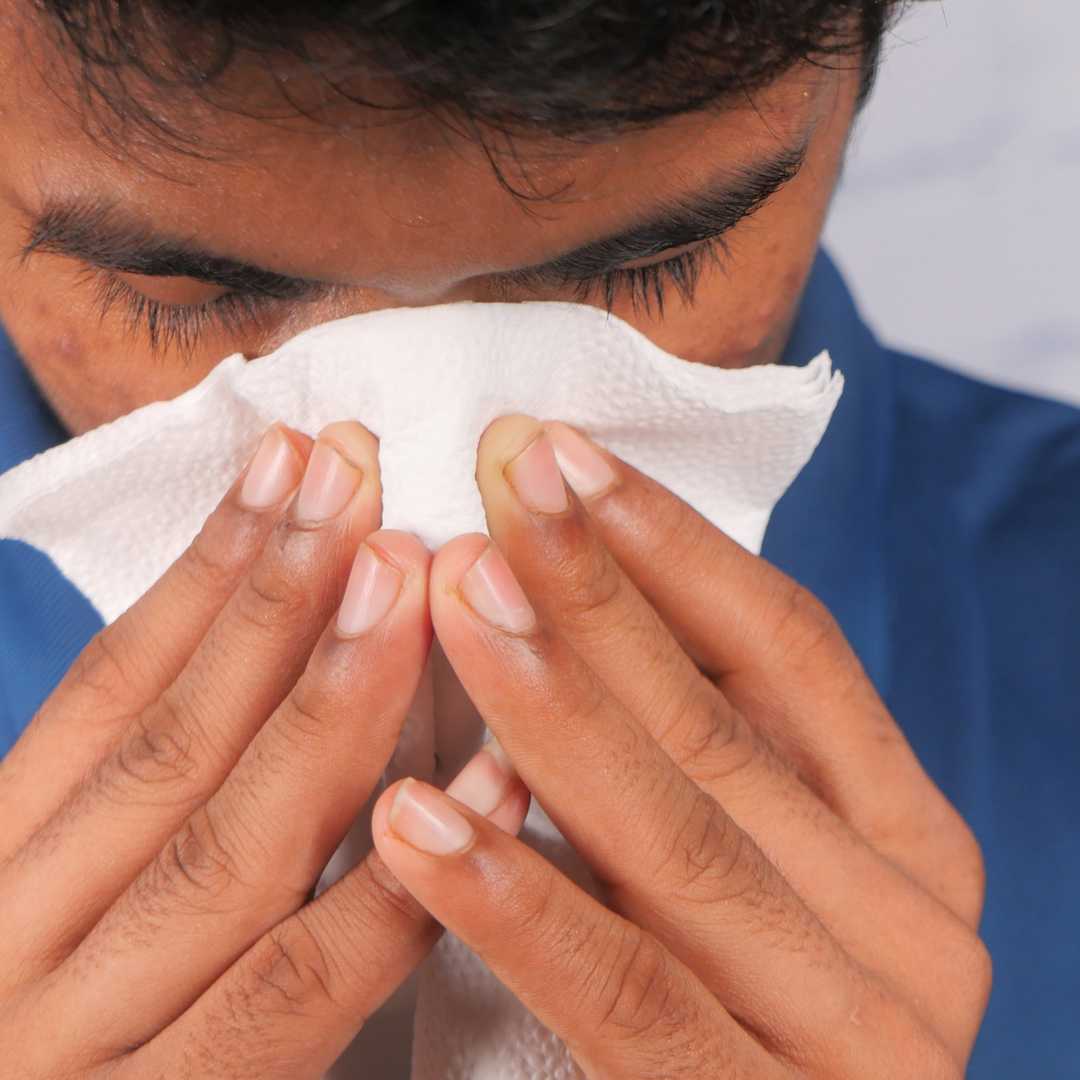

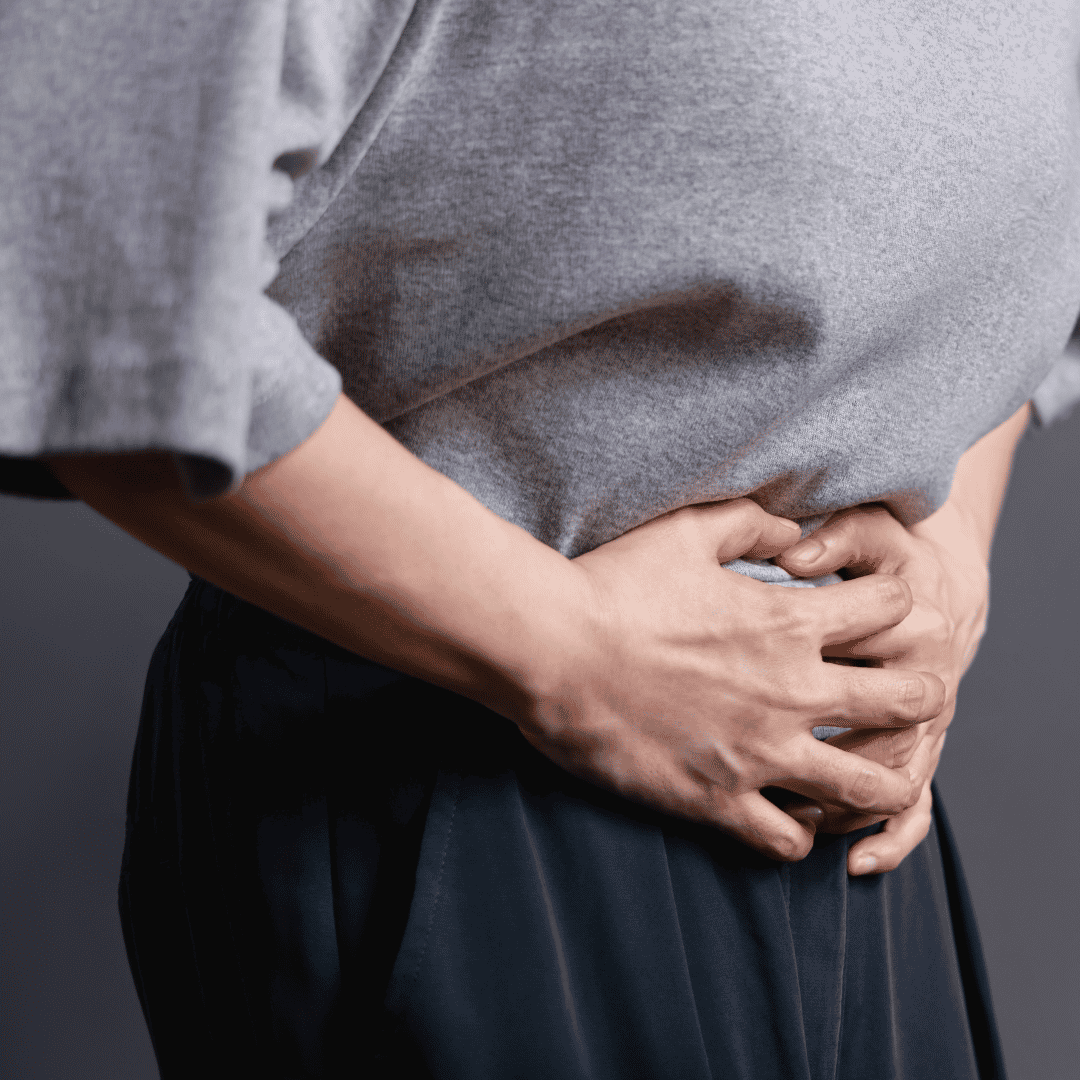
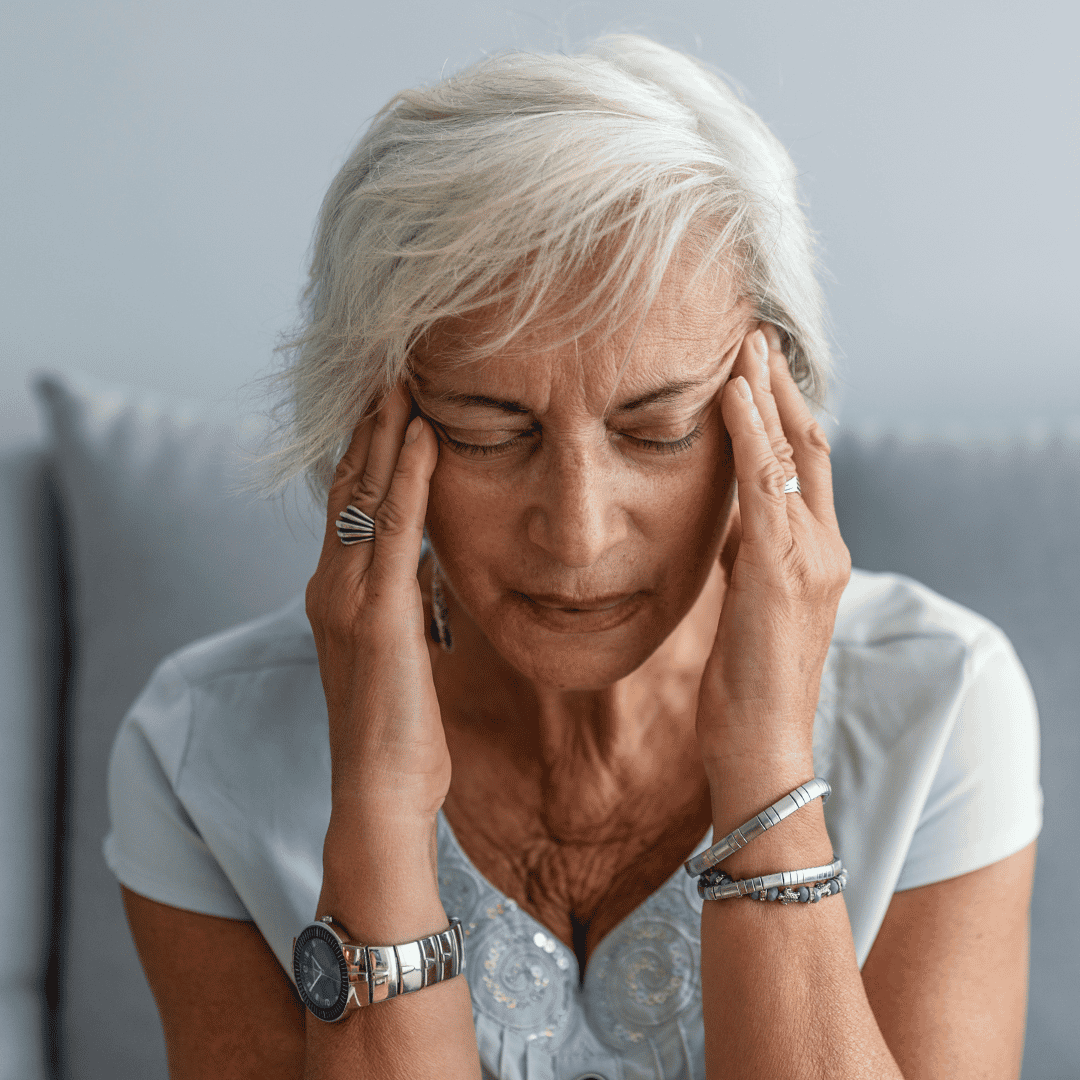


.png)
.png)
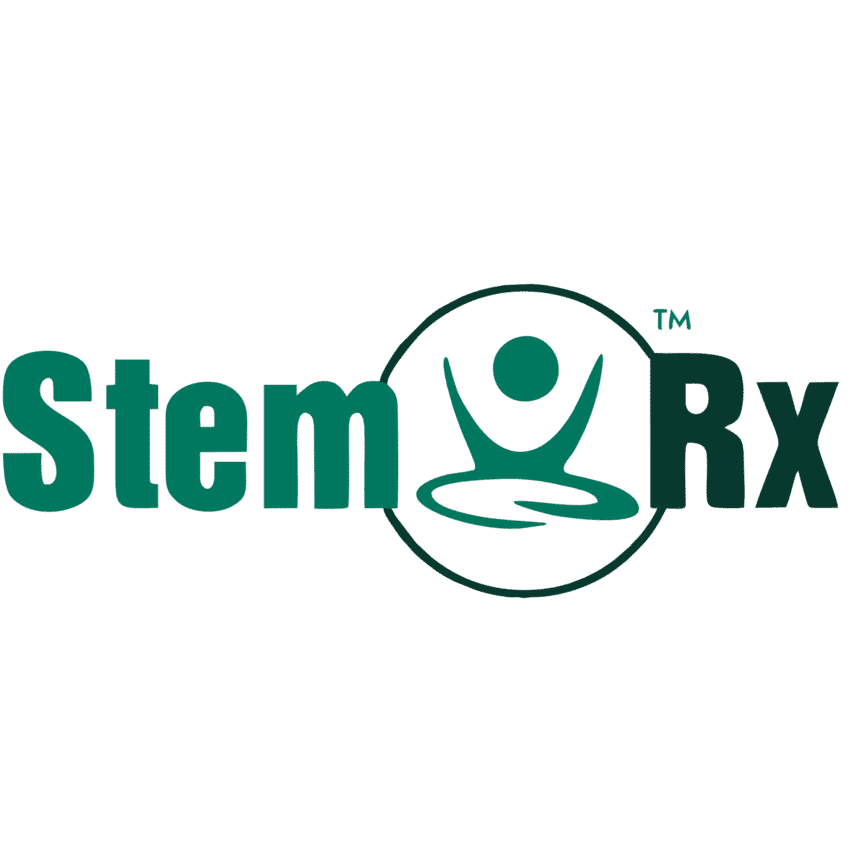

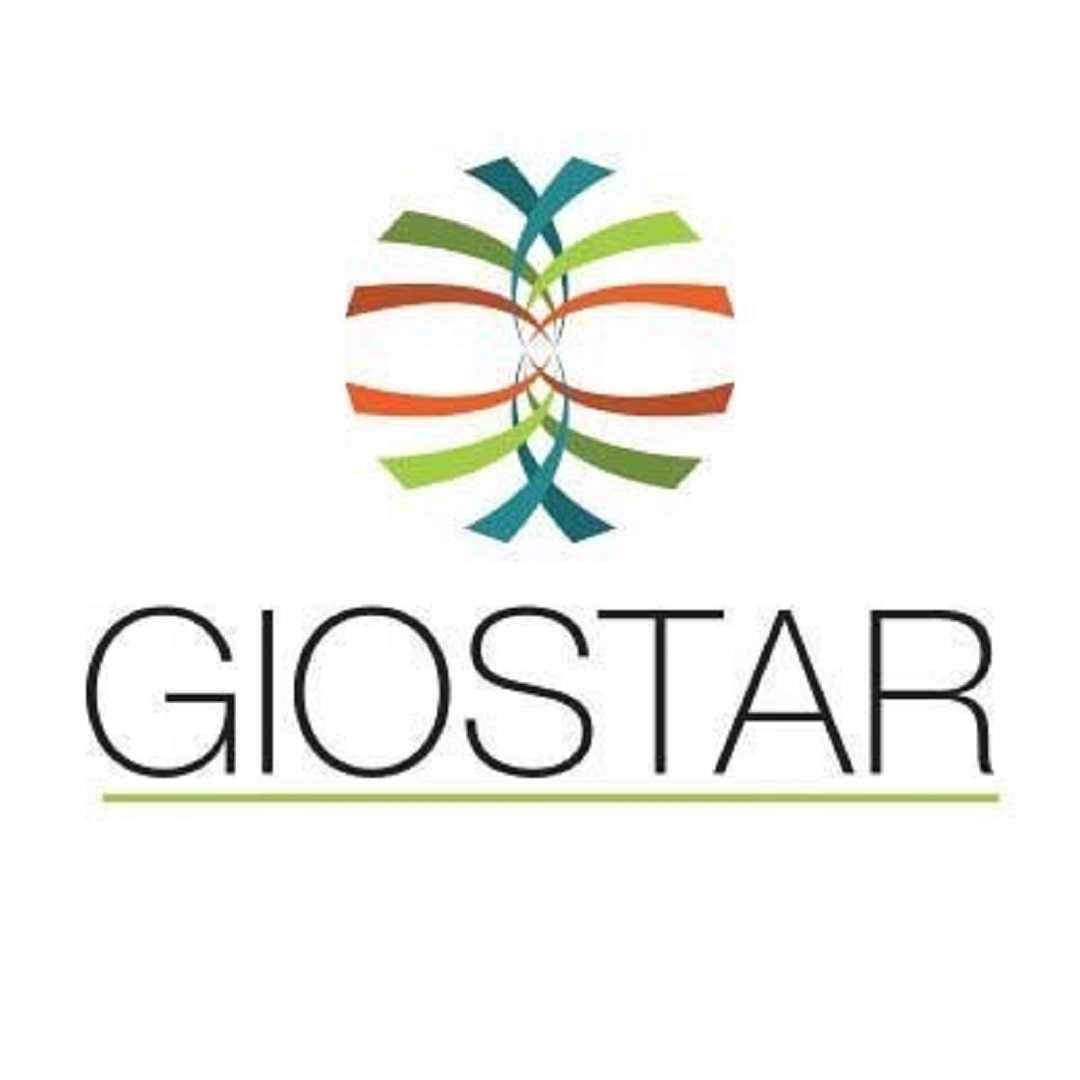
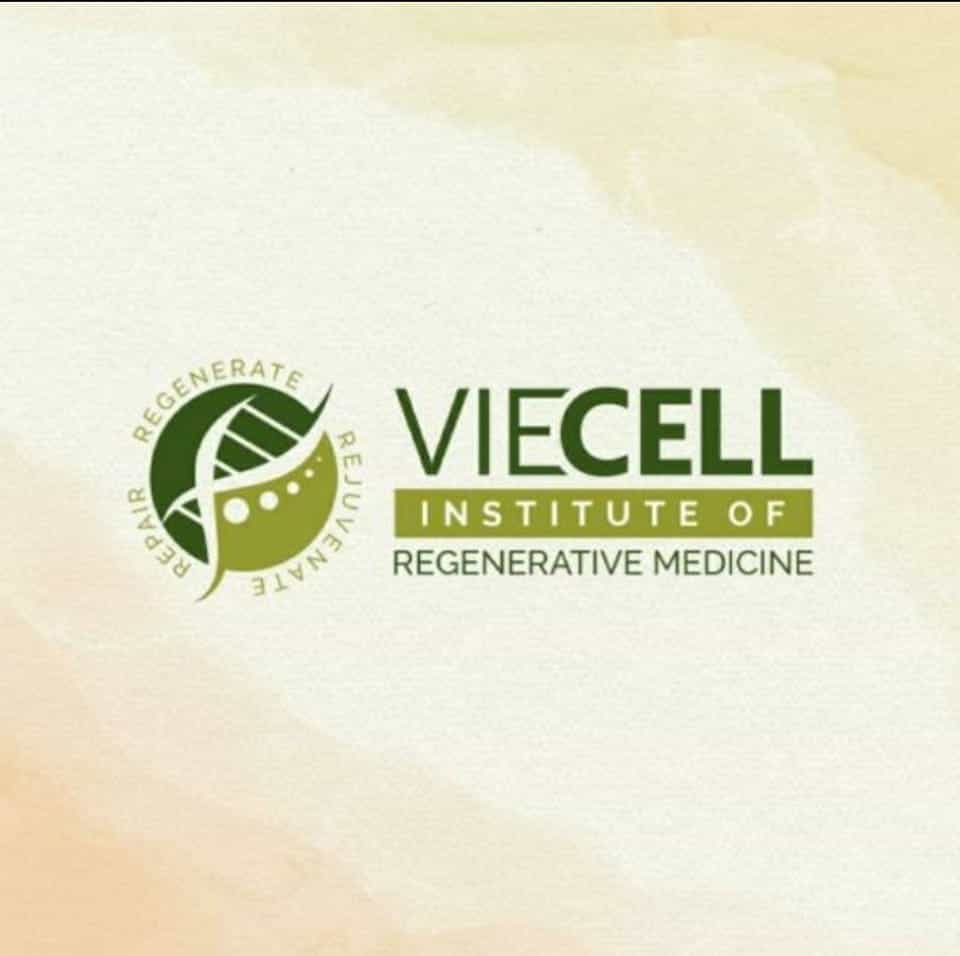
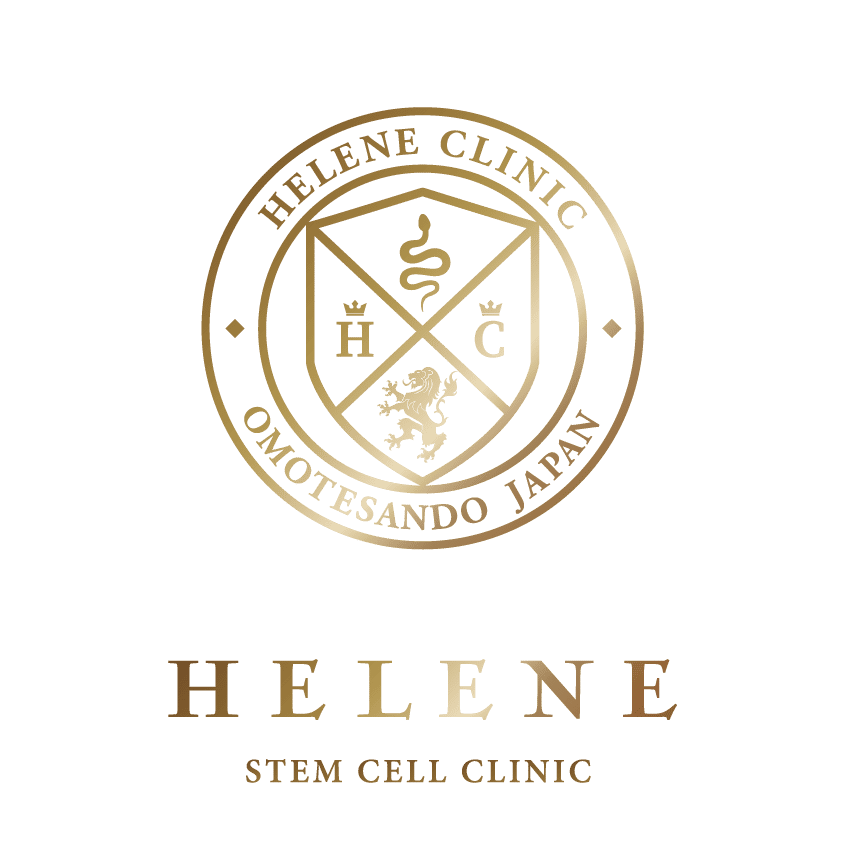

Share this listing